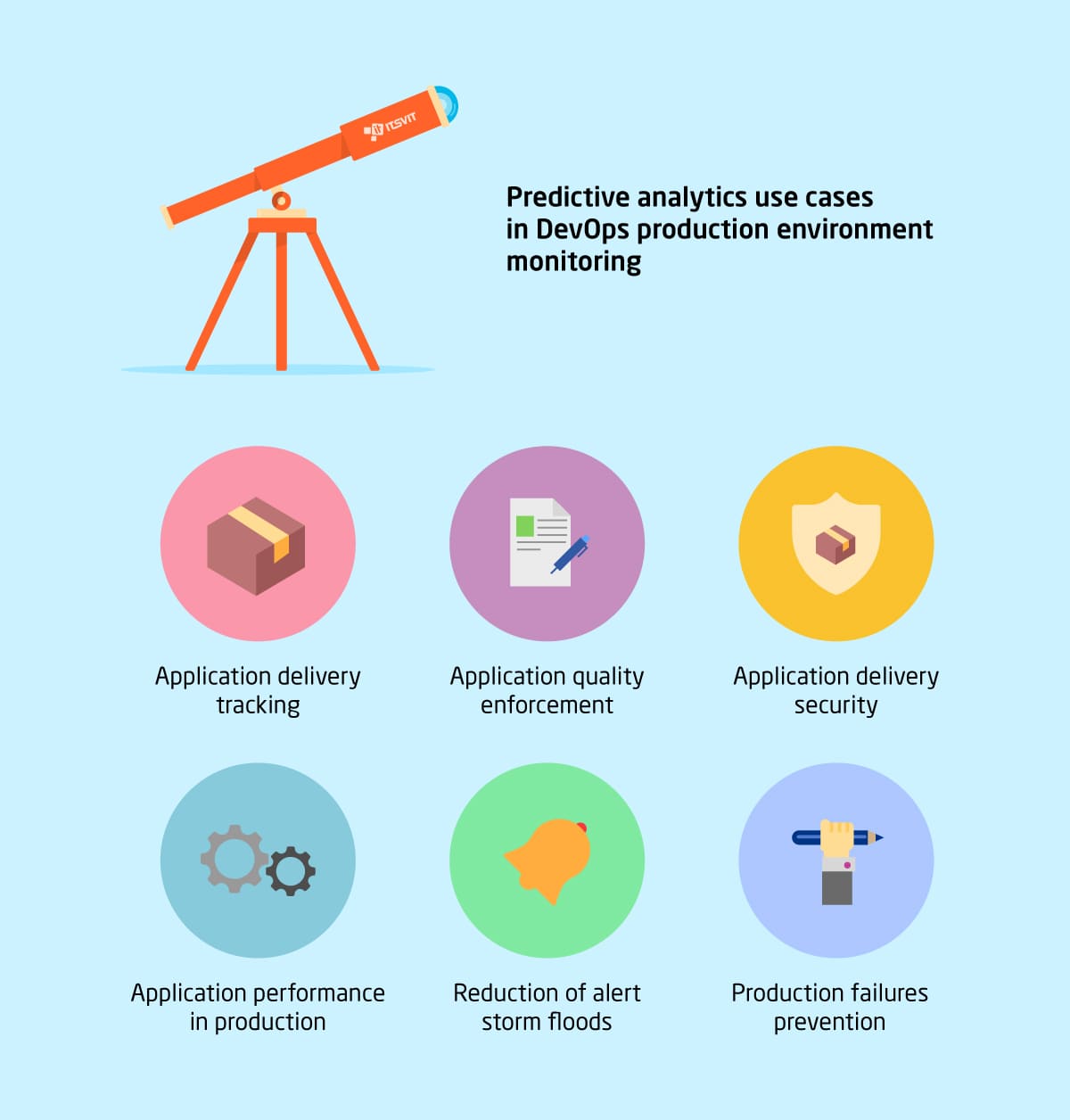Predictive Analytics in DevOps: Applications and Benefits
See how using Big Data-style predictive analytics can allow DevOps engineers to augment processes like monitoring for faster delivery and more bug-free releases.
Join the DZone community and get the full member experience.
Join For FreeApplying Machine Learning algorithms and Big Data predictive analytics to DevOps workflows can help add more value, use resources more efficiently, and streamline software delivery pipelines.
DevOps cannot be described as a one-time heroic push for digital transformation. Instead, it is a long-term commitment to analyzing software delivery and infrastructure bottlenecks in order to replace the constant firefighting with timely removal of the problems' root causes. Machine data like logs and metrics from multiple IT infrastructure monitoring tools allow us to keep a hand on the pulse of the status quo of the IT systems and respond to issues rapidly.
However, an ounce of treatment is worth a gallon of cure. Dealing with issues before they even occur (like provisioning additional servers to meet the increased demand an app will experience within the next hour) is much better than clearing out the rubble in the storm's wake, don't you think?
Predictive Analytics in DevOps Workflows
This is where modern monitoring tools like Sumo Logic, as well as custom-built monitoring solutions, come to the DevOps team's help. For example, Sumo Logic can both aggregate all the logs from a variety of your IT systems and use the LogReduce feature to sift through the lake of contingent data to find inconsistencies and anomalies, highlighting possible issues. Combining this with time graphs helps to visualize patterns and better define both "normal" system behavior and peak load or other points of interest.
For example, should the daily code deployment (the app code itself, data sets, config files, and testing runs of all the above) take 4 seconds for the last 12 months, it is likely to remain the same in the future (if there are no major infrastructure updates, of course). However, if we note that the process takes more and more time, we can look for the reason for the change. It could be either the growing data set volume, testing that's no longer efficient, no-longer relevant config files, etc. Spotting (and resolving) such a problem early on will definitely save resources in the long run.

Aside from mostly self-explanatory usage of the predictive analytics in DevOps production environment monitoring, there are quite a lot of other use cases, like application delivery tracking, and using DevOps tools like Git, Jira, Ansible, and Puppet to follow the flow of the delivery process and uncover anomalies and patterns in it. DevOps engineers can detect unexpectedly huge volumes of code or prolonged build times, low release speed, and any other bottlenecks or waste in the software delivery workflows.
- Application quality enforcement. Once the testing tools deliver the output of the next testing run, ML algorithms can detect new errors, alert the testers of the case, and sometimes even compose a test pattern library to speed up the process of fixing those bugs. Such an approach greatly increases the efficiency of testing, resulting in higher application quality and shorter time to market.
- Application delivery security. Usage patterns are effectively our digital fingerprints. Analyzing the normal activity of legitimate DevOps engineers helps create models of appropriate behavior. ML models can then detect anomalies and predict potentially malicious use, thus helping to stop possible security breaches on the go. This obviously results in the mitigation of millions in potential damage.
- Application performance in production. The same goes for the app's normal performance patterns. With time, Machine Learning tools can create a kind of a "portrait" of the app's normal performance. After that, detecting any fluctuations leads to automatic provisioning of additional resources during the peak loads, or removing excessive ones during idle periods. This also applies to detecting the beginning of DDoS attacks or issues like memory leaks.
- Reduction of alert storm floods. Monitoring a plethora of systems and apps in production usually results in real alert storms. While some of these alert messages are crucial, filtering them out of the stream is quite a laborious task. However, such logging helps establish the patterns that lead to issues and highlight the very first alerts for each malfunction. After that, the normal alerts can be neglected, so only the crucial messages are escalated to the DevOps teams. This is one of the most useful applications of predictive analytics in DevOps.
- Production failure prevention. Another important benefit stems from the previous point: the ability to prevent major production failures by reacting to early triggers. This helps build streamlined workflows that enable resilient IT infrastructures operating with the topmost efficiency. Avoiding problems instead of fighting the consequences can help save a ton of money, effort, and time.
Final Thoughts on Using Predictive Analytics in DevOps Workflows
As you can see, imbuing DevOps workflows with predictive analytics provides immense benefits for many aspects of the software delivery lifecycle. From reducing waste in software development all the way up to stopping DDoS attacks and enforcing minimal TTR (time to recover) from major failures, implementing predictive analytics is an important step for any company that aims to utilize DevOps services efficiently.
Does your company have any firsthand experience with how to use predictive analytics in DevOps environments? Did we miss any interesting use cases, or would you like to implement such an approach for your business? Tell us in the comments below!
Published at DZone with permission of Vladimir Fedak, DZone MVB. See the original article here.
Opinions expressed by DZone contributors are their own.

Comments